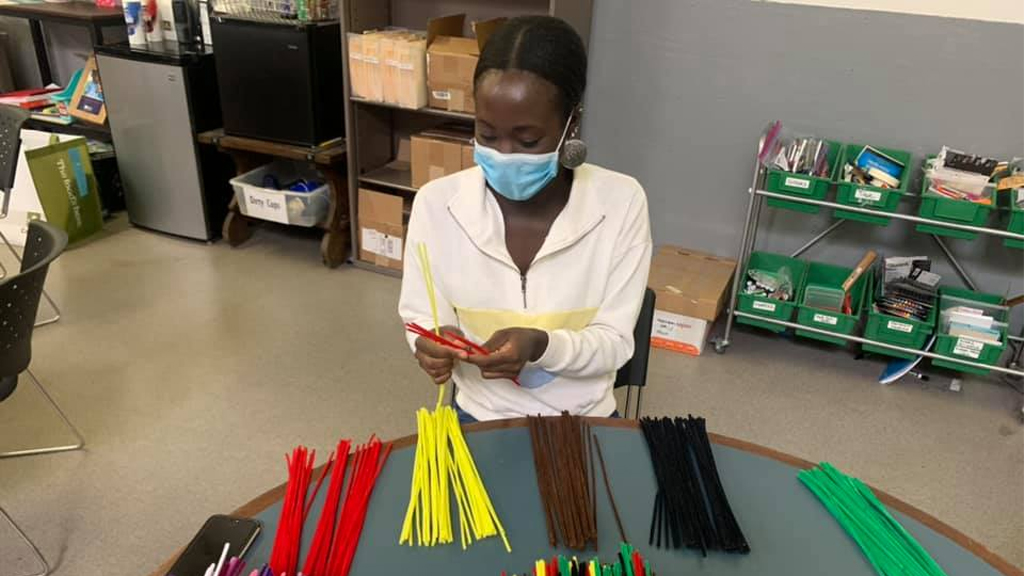Feature
Growing Stronger Together: An Improvement Science Response to the COVID-19 Pandemic
For the past 30 years, the Institute for School Partnership (ISP), an academic center at Washington University in St. Louis, has worked regionally with schools and community organizations to empower educators and improve educational outcomes for all students. The ISP offers a variety of programs that serve approximately 189,000 students and 3,850 teachers from 56 school districts and 64 independent schools annually.
The largest of these is the mySci program, a Next Generation Science Standards (NGSS)–aligned K–8 science curriculum. mySci includes activity materials, professional development sessions, and embedded support and is designed to increase hands-on science education for over 3,500 teachers and their students.
Even before the seismic disruptions of spring 2020, Missouri science students lagged behind, with large racial and economic achievement gaps (“Vital Signs” 2021). When schools first shut down, the implications of the unfolding educational crisis for science learning in our region were grim. With little national or local guidance, education communities needed to work together to safely adapt to remote teaching while supporting students and staff experiencing trauma from the shutdowns, illness, and deaths associated with the pandemic. As an organization focused on increasing high-quality STEM education, the ISP needed to reexamine our priorities and role without risking the fragile gains in science-teaching time and quality in partner schools.
The challenges schools faced varied greatly, especially with regard to resources such as internet and device access. Similarly, the tolls of the pandemic itself hit some communities harder than others, often following the same pattern of racial and economic segregation as in the geography of school districts in our region, compounding these inequities.
This article details how the Institute for School Partnership drew on our experience with school improvement initiatives to respond to the ongoing COVID-19 pandemic by adapting improvement science methods, leveraging the expertise of teachers, and keeping issues of equity at the forefront. Working directly with teachers allowed us to reimagine and create best practices for virtual professional development and to produce science curriculum resources and adaptations for distance learning. Counterintuitively, we found that with this support many teachers not only kept teaching science, but that some were teaching even more science than they had before the pandemic.
Trauma-Informed Approach to Improvement Science
When schools shut down, we wanted to leap into action. Within the first weeks of the pandemic, the ISP team—like educators everywhere—had begun amassing weblinks, videos, articles, and so many resources that promised to make virtual science possible. We were quickly overwhelmed with “solutionitis”—jumping quickly to a solution before fully understanding the real problem we wanted to solve (Bryk et al. 2017, p. 24). This very human urge is a common hazard, especially for schools, and one that the principles and tools of improvement science aim to overcome.
Popularized in education by the Carnegie Foundation for the Advancement of Teaching, improvement science is an approach to solving problems using disciplined, data-driven structures to focus efforts on a specific problem for specific users in complex systems (Bryk et al. 2017). Already accustomed to supporting schools using improvement science methods, the Institute for School Partnership team used those same tools to better understand the problems we needed to solve.
The team began by reaching out to high-needs schools, collecting stories and information from teachers and educators throughout the region. ISP instructional specialists conducted 35 empathy interviews, calling partners to assess their needs and often just to offer a listening ear during a stressful time. In addition to phone calls and virtual meetings, the team read articles, reviewed web analytics, and used social media to conduct brief surveys (see Figure 1) and to collect artifacts and stories (see Figure 2). Taking the time to slow down and connect with educators helped the team recognize that the trauma we were all collectively experiencing was a major part of the problem and a barrier to teaching and learning.

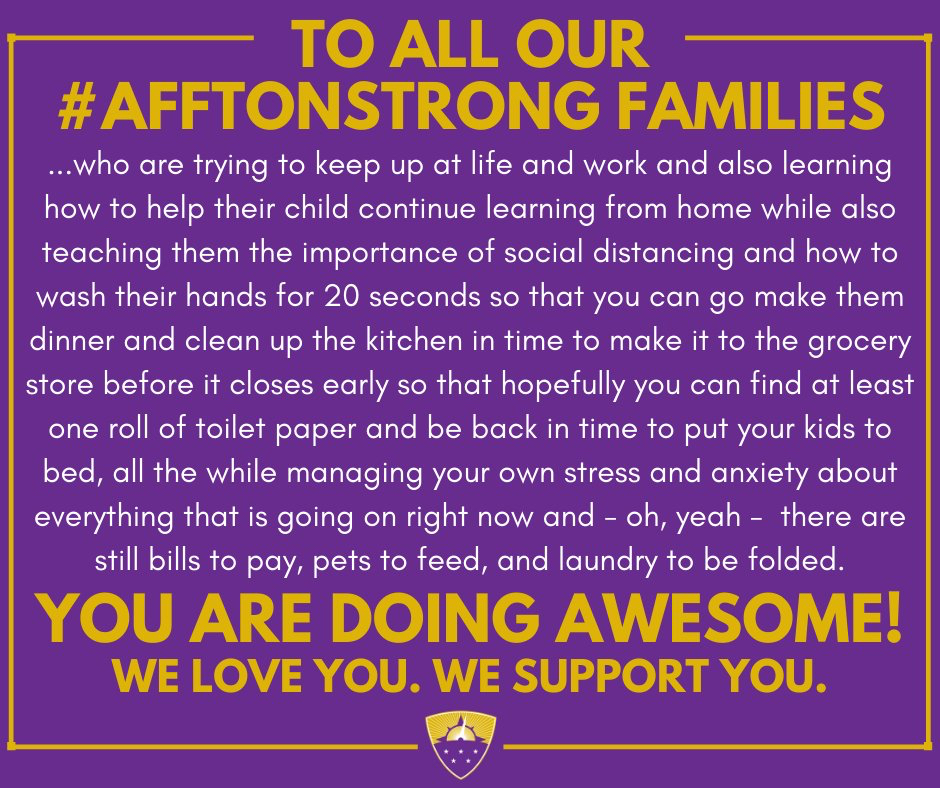
Improvement science relies on data and metrics, pushing teams to iterate while rigorously tracking outputs and outcomes toward a measurable aim statement. As our team developed an aim statement, it proved difficult to describe a measurable goal; like the teachers we serve, we were also struggling. Instead of developing a specific metric to improve, we intentionally adapted our aim to better fit a trauma-informed approach incorporating our knowledge about trauma into every aspect of our work (SAMHSA 2014, p. 9).
Following the “Four Rs” of trauma-informed care (SAMHSA 2014): we realized that trauma and stress hamper our ability to learn and function at our most effective levels; we recognized the signs of trauma in ourselves, the educators we support, students, and their families; we responded by integrating our knowledge of trauma into our improvement practices; and focused on resisting re-traumatizing ourselves and our partners by assuming that we could approach our work as if everything were normal.
Our aim was to support ourselves and our stakeholders during this time of crisis, both short-term and long-term, with an equity lens, and make rigorous science teaching and learning possible. From that aim statement, the team developed a driver diagram thinking through how we could achieve it (see Figure 3). The driver diagram tool became our theory of action.
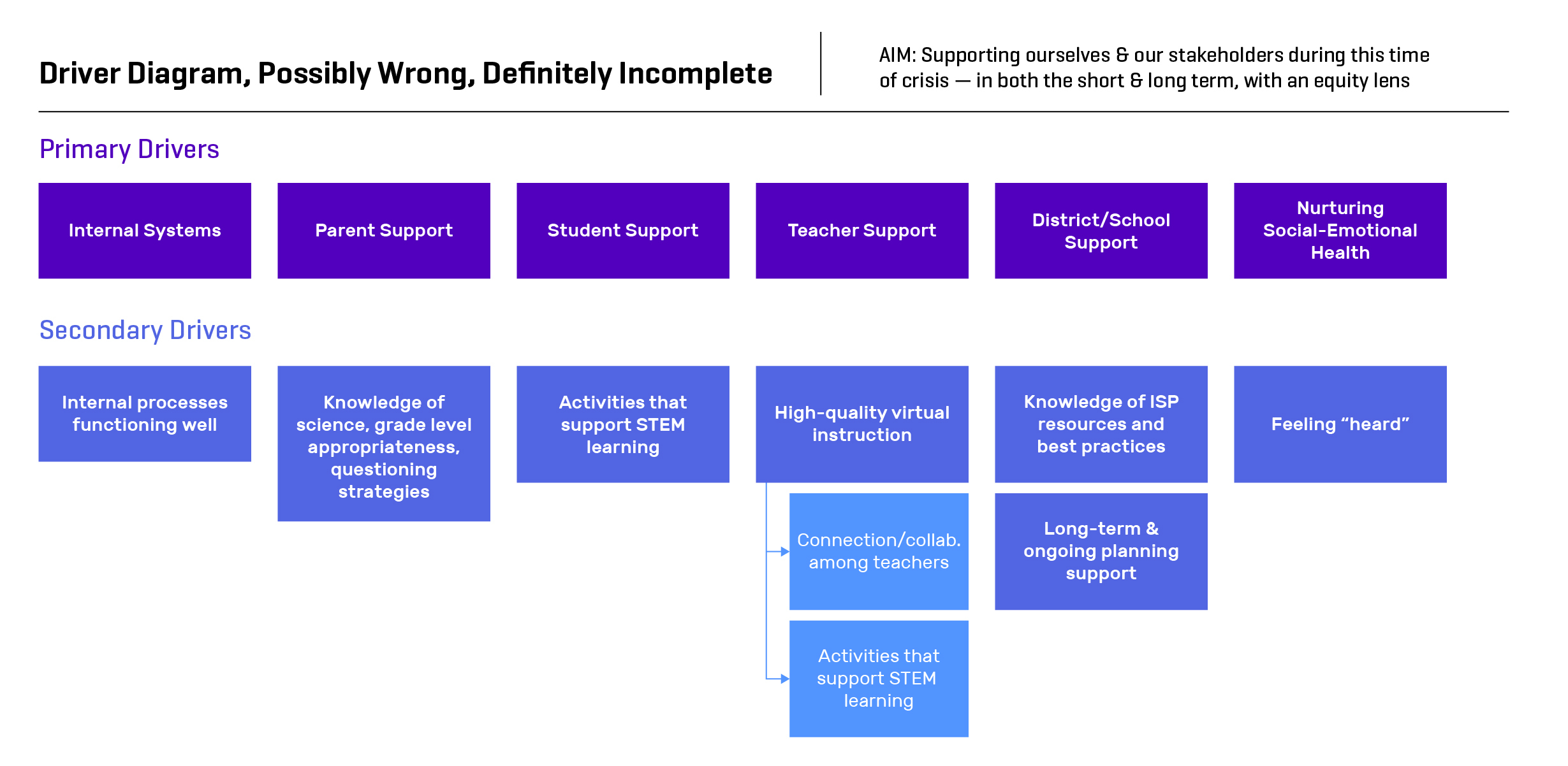
We defined our primary drivers of support by stakeholder groups; we wanted to support ourselves as a team, students, their families, teachers, and the administrators of our partner schools and districts. We considered the intersections of how we interacted with each group and how we could best nurture social-emotional health from the perspective that without first attending to the trauma of the pandemic, science teaching and learning could not be possible.
We then built out secondary and tertiary drivers to describe the levers of change in more detail, giving a structure to understand what it meant for our team to provide support. Each action item we pursued was designed to influence one or more of these channels, which we theorized would best achieve our aim.
As we planned, we weighed the possible solutions and changes we had been thinking up against our drivers and considered the potential impact against the effort we knew it would take to make them happen. Our small team divided the projects and committed to scientific learning communities or weekly meetings to review our work and learn together, similar to the professional learning communities (PLCs) we facilitate for teachers in schools. The meetings held a dual purpose, both accelerating our progress and reinforcing our internal processes and social connections to reduce the stress of isolation during lockdown.
Supporting Teachers at a Distance
From our first round of interviews, we knew teachers needed support translating curriculum activities to distance learning, space for collaboration, and training on best practices for online teaching. It was imperative to our aim to provide those tools and to make sure teachers felt heard and respected, while at the same time keeping the cognitive load as low as possible. This meant that we could not simply provide the same professional development sessions except online. To provide that support, our instructional specialists themselves had to quickly learn to provide virtual PD that not only gave teachers the tools they needed, but that also modeled those best practices.
Institute for School Partnership instructional specialists researched virtual PD strategies and tools and began a series of Plan-Do-Study-Act (PDSA) cycles to iterate. The PDSAs included practice sessions facilitated by team members, in which other team members participated as learners to provide feedback, make changes, and then practice again. Virtual PD had to be simple to participate in and provide the same opportunities for interactivity and collaboration as the in-person version. Blending Google Suite tools such as Slides, Docs and Jamboards into traditional best practices such as a visible agenda, providing materials ahead of time, and offering sufficient time for reflection were critical components of the design. After the first rounds of internal practice, the ISP team piloted virtual sessions with regional teacher leaders and used their feedback to further refine and remodel sessions.

Reminding ourselves that it was OK for our work to be “possibly wrong, and definitely incomplete,” each PD session offered an opportunity to learn. The instructional team regularly reviewed PD feedback survey results, and by August 2020 the Institute for School Partnership had provided over 100 hours of PD to more than 400 regional teachers and the results were even better than they had been prior to the pandemic.
- 98% of participants felt engaged in learning throughout the PD
- 98% felt the PD session was valuable to their professional growth, and
- 99% said they would incorporate what they learned during the PD into their classroom practice.
Teachers reported that they particularly appreciated how PD sessions modeled virtual teaching and learning. One third-grade teacher said PD “made virtual learning look feasible.” Participants also highlighted the value of practical tools. A first-grade teacher shared that the session was valuable in that it gave them “very practical tips,” adding “I don't think I necessarily grew in my knowledge of teaching science but it is EXACTLY what I needed."
Over the past year, ISP PD sessions have been continuously adapted to cater to teacher needs as learning models have changed. From this experience of shifting professional development to a virtual setting, we developed practical tools such as facilitator agendas and interactive slide deck templates with visual cues and reminders as well as links to simplify navigation and reduce the number of open browser tabs on our laptops and in our brains. We also wrote and shared a set of best practices for the design of virtual PD to support schools and other providers.
Transitioning to the technological demands of virtual PD was challenging. Like the educators we serve, instructional specialists at the Institute for School Partnership were essentially asked to perform a new job with 24 hours’ notice while using sometimes unfamiliar software packages. We worked as a team to divide the learning, seeking out tutorials and then coming back as a group to share our learnings with each other and incorporate them into our PD sessions with teachers. While it is difficult to know what the future holds, remote PD, conferences, and workshops will remain a relevant offering for the ISP long after the COVID crisis.
Leveraging Teachers’ Expertise to Support Students
As the Institute for School Partnership moved to create distance learning resources for teachers and students, the organization worked to involve teachers without further burdening them. Through empathy interviews and a brief distance learning survey sent in May of 2020, the ISP team developed and deployed online resources to fit the different realities of teachers and students across the St. Louis region. We then followed up with a teacher survey in January 2021 and again at the end of the school year in May 2021.
In the May 2020 survey, teachers were united in their desire to keep their science lessons interactive and shared how they were able to adapt and use some curriculum materials during the initial wave of distance learning.
The ISP instructional team had many ideas for how to best support science distance-learning, but knew that we lacked the time and resources to do all of them. Drawing from market research techniques, we used net promoter scores and web analytics to prioritize and focus our next steps. We found that some of the ideas our team was most excited about—such as grade-level tools to introduce the Science and Engineering Practices (SEPs)—received the least enthusiasm from teachers, making those projects easier to abandon so we could focus our efforts.
Building from the lesson plans, slide decks, and student journals already in Google Docs and Google Slides, the ISP team went through each mySci unit and lesson to adapt labs and activities to remote learning realities without sacrificing rigor or fun. With over 100 lessons and labs across the K–8 curriculum, the team knew we could not create all the adaptations alone. We began reaching out to teachers who responded to the survey and hired them as summer consultants. In addition to Jamboards, drag-and-drop card sorts, and online simulations, regional teachers helped design and create over 150 mini-lesson and virtual lab videos, all before the school year started that fall. The shared effort made the project possible and amplified the impact of those teachers beyond their classrooms to the entire region.
By January 2021, the mini-lessons and lab videos were viewed over 57,000 times and 52% of surveyed teachers reported having used the videos and found them helpful compared to 8% of surveyed teachers who used the videos but did not find them helpful (N = 769).
Working directly with teachers to determine the direction of resource development kept the team from spinning our wheels so that we could focus our effort on what teachers wanted and could use. Bringing in classroom teachers as partners to write and create the resources allowed the team to complete the massive amount of work in a very short amount of time.
Attending to Equity for Students and Families
When the pandemic shuttered schools, it highlighted the widening digital divide for many families in the St. Louis region. According to the Missouri Department of Economic Development, Missouri ranks 32 out of 50 in broadband internet access and 23% of Missouri students lack internet access (MO MED 2021). In the city of St. Louis, the disparity is stark. The City of St. Louis reports that 51,859 households, 37% of the city, lack access to high-speed internet, and Black households (55%) were more than twice as likely as white households (22%) to be without access to high-speed internet at home (“Internet Access” 2021).
As schools reopened for the 2020–2021 academic year, these inequities were further amplified across racial lines. Researchers at Saint Louis University found that districts serving larger populations of students of color were less likely to provide in-person or hybrid learning options when they reopened, keeping students virtual longer than districts serving primarily white student populations (Donaldson and Diemer 2021). To better understand the racial inequities in our community, the team disaggregated teacher survey data by district racial makeup for each of the three surveys sent during the pandemic (May 2020, January 2021, and May 2021). The difference was stark. In response to the January 2021 survey, only 3.7% of responding teachers in districts with a black student majority said they had taught fully in-person during the fall semester, compared to 32.3% of those in majority white districts (N = 769).
Prior to the pandemic, the Institute for School Partnership had developed a set of at-home science activities that teachers of lower elementary grades could share with families of younger children called Everyday mySci, but we were missing activities aimed at upper elementary students. The ISP partnered with The Little Bit Foundation—an organization that works to break barriers to learning for students living in poverty—to develop a series of STEM Challenge activities for students, distributing bags with materials every two weeks to the neediest schools through The Little Bit Foundation’s food distribution sites. The STEM Challenge activities, as well as other free remote learning resources were posted online for families and teachers to use with common household objects such as aluminum foil, pennies, and paper. Students who submitted pictures or videos of their creations were eligible to receive gift cards. The initial distribution happened in May 2020.
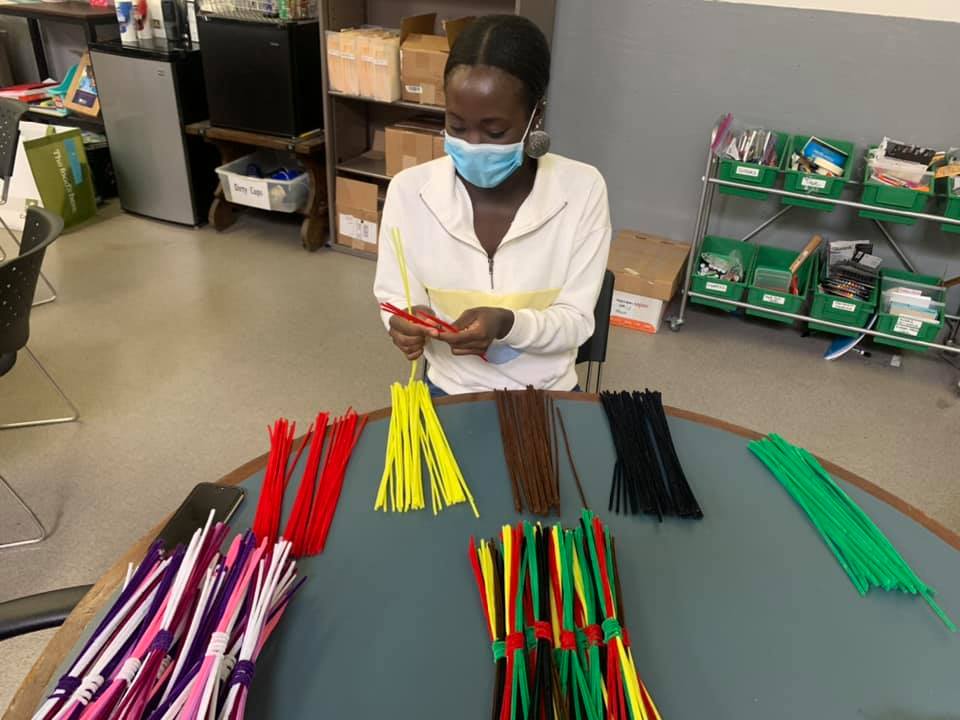
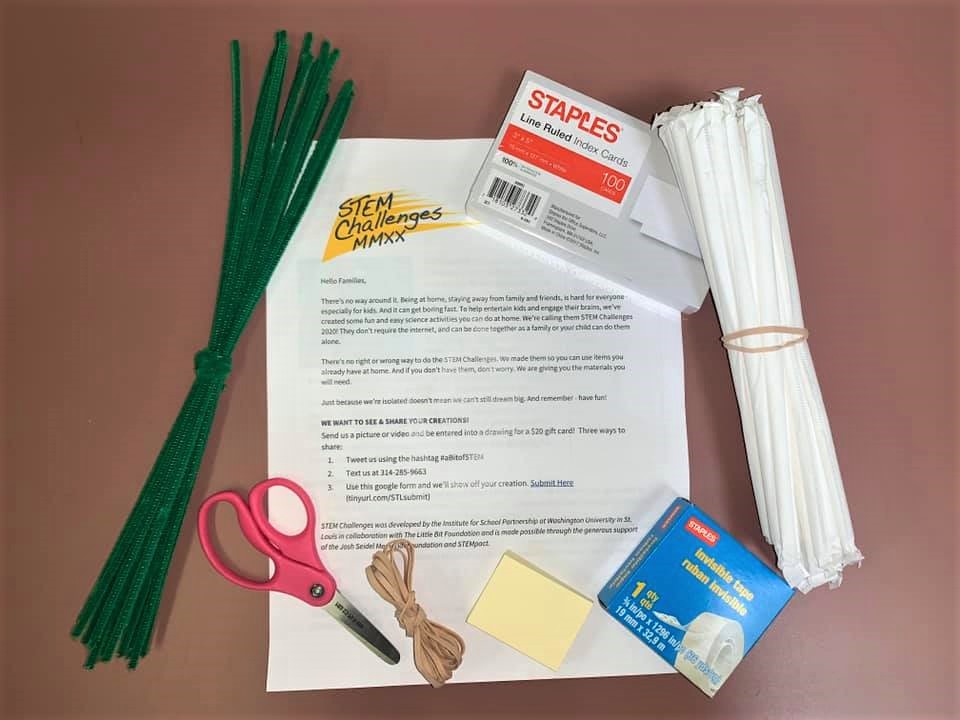
We received 129 STEM Challenge submissions from students in 26 districts during the 2020–2021 school year and had over 2,400 unique visitors to the online resources. The Everyday mySci activities were also popular, with 48.8% of K–5 mySci teachers reporting on ISP surveys that they had used the activities during distance learning. Interestingly, while the Everyday mySci and STEM Challenge activities were originally designed for grade-banded use, teachers reported using the Everyday mySci activities at every elementary grade level and the STEM Challenge activities at all grade levels, K–8. As partner schools have fully transitioned back to in-person learning, teachers continue to use the STEM Challenge activities, distributing supplies directly in the classroom. The reward component remains part of the activity as new challenges are added.
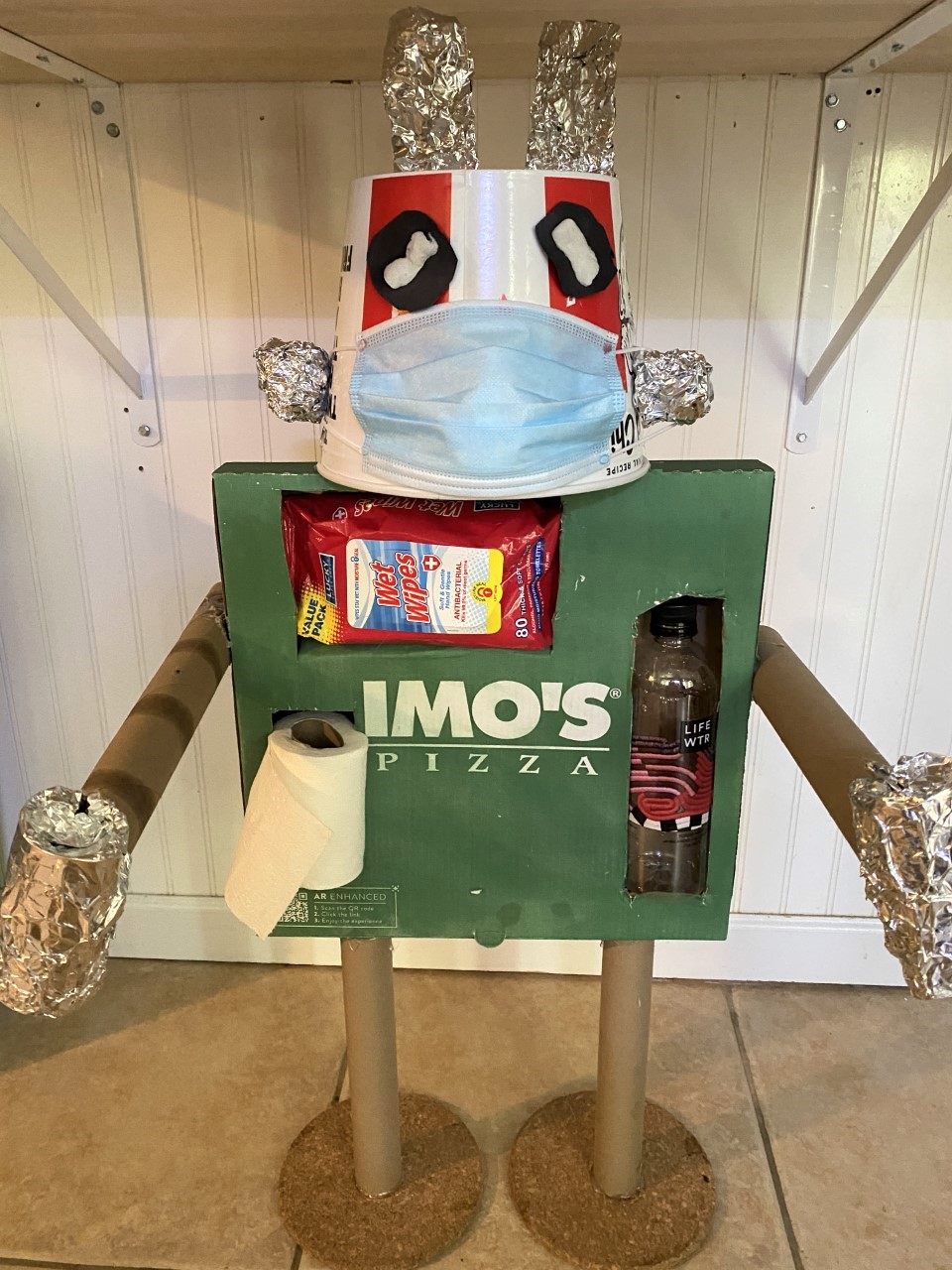
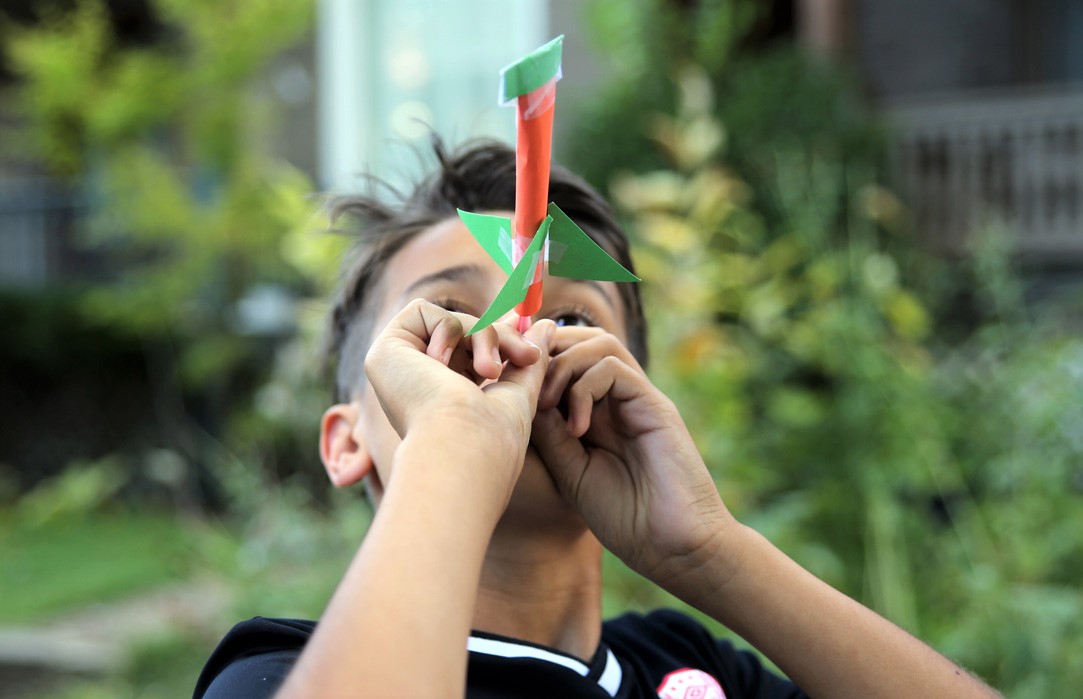
As other STEM organizations responded to the pandemic, the Institute for School Partnership looked for opportunities to combine efforts in our shared goals. One opportunity came from a partnership with the local PBS affiliate, Nine PBS, to create and produce on-air math and science classroom lessons through the Teaching in Room 9, series. In addition to providing a low-tech education option for students at home, the interactive elements of the show were designed for even young children to watch by themselves. Teachers had reported that most resources, especially for science, were not designed for young students to complete on their own and often required adult supervision, which was not always possible for families struggling to balance shifting obligations.
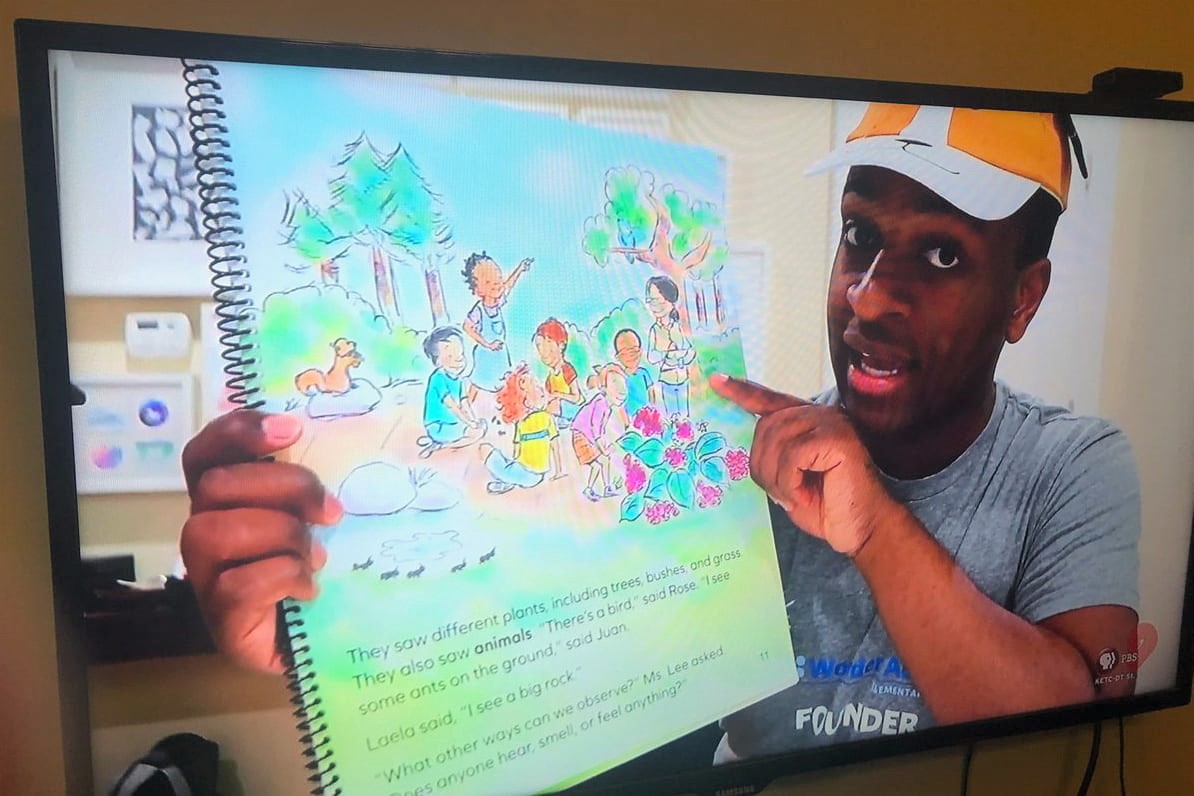
The Institute for School Partnership recruited a diverse group of educators from partner schools to teach the science episodes so that regional students could see themselves and their communities reflected on the screen. The ISP also provided the materials—from science kits to recording equipment—and ISP instructional specialists coached and consulted with teachers and producers to develop the science and math lessons.
Since first airing in April 2020, Teaching in Room 9 has successfully reached vulnerable students (see Figure 4). Of the children watching:
- 20% live in homes with annual incomes of $25k or less,
- 30% are minority, and
- 85% are from households with no college degree.
While each episode is grade level–specific, ratings data showed that the lower elementary and especially pre-kindergarten episodes had the highest viewership, illustrating the need for child-accessible science education in our region (TRAC Media 2021). Interestingly, this data also showed high viewership among adults without children—a group we had not set out to support in science learning—which could hint at the unmet need for engaging science educational content across the age span. The Institute for School Partnership continues to partner with Nine PBS on math and science lessons. The Teaching in Room 9 episodes can be found on Nine PBS’s YouTube channel after they air on TV.

Science Instruction During the Pandemic
As the 2020–2021 school year progressed, educators across the country worried about protracted learning loss for students and many of our partner elementary schools reacted by increasing the teaching focus on math and ELA.
In May 2020, 84.4% of surveyed mySci teachers reported spending less time on science than they usually would during the initial lockdown period (N = 311), but by January of 2021 the average time mySci teachers reported spending on science was similar to their January 2020 pre-pandemic reported levels and higher than the national averages from 2018 (Banilower et al. 2018). On average, mySci teachers reported spending 114 minutes per week on science in lower elementary grades (K–3) and 150 minutes per week on science in upper elementary grades (4–5) during the 2020–2021 school year.
Though some teachers did spend less time on science, many more reported a renewed commitment to science teaching and learning in their classrooms. When asked on the May 2021 survey what factored into their decision making, a common theme among elementary teachers was how fun science was for their students and how important it was for them to be able to provide those moments of joy, especially during this stressful time. Many teachers also underscored the importance of having resources at the ready, saying they ended up spending more time on science simply because they did not have to create the lessons themselves.
While many elementary educators continue to struggle to meet state recommendations for science instructional time, the fact that science education continued at comparatively high levels for mySci teachers during the 2020–2021 school year was a major success and reinforced the importance of deep, lasting partnerships between schools, curriculum developers, and science education organizations.
Committing to Partnership
The stress of the pandemic stretched existing partnerships, but also strengthened them and allowed us to forge new partnerships. As an organization often tasked with supporting schools and teachers through improvement projects, translating those same tools and methods we use in those situations to our response to the pandemic was vital. Improvement science provides a shared language and understanding that supports disciplined inquiry so teams can quickly learn and adapt. The Institute for School Partnership is committed to both a culture of improvement and to modeling that culture in every aspect of our work.
The pandemic highlighted the impacts of trauma and racial inequity in education. These issues do not have an easy fix and must always inform our work. As educators, too often we can forget that we are also students and that as we attend to the social and emotional needs of the children we teach, we must not forget our own. Recognizing the human aspect of the situation allowed the ISP instructional team to better support teachers while tapping their expertise to drive innovations and to turn ideas into activities, television scripts, lesson plans, and more. Furthermore, by disaggregating our data, the team was better able to respond equitably, focusing our efforts on the needs of those most impacted.
A key component of our success was having classroom teachers involved at every step of the process through interviews, surveys, and as paid contractors. Teacher expertise in pedagogy and the students they serve is necessary for successful STEM programming. By using passive data collection methods such as web analytics, limiting the number and length of surveys, and paying teachers for their time and skills, the Institute for School Partnership was able to harness that expertise, spreading the impact to thousands of teachers and students in the St. Louis region.
No matter how education evolves after the pandemic and into the future, the ISP will continue to build partnerships that create lasting solutions in the region. When looking at the impact of the pandemic, it’s often easy to focus on what has been lost and not what has been potentially gained. While no one knows what will happen in the future, one thing is clear: in a time of pandemic and escalating climate disasters, science teaching and learning are more important than ever. Science literacy and skills—critical thinking, communication, facts, and data—are crucial as students navigate all of the uncertainties we continue to face.
Maia Elkana (mjelkana@wustl.edu) is the Evaluation Director at the Washington University in St Louis - Institute for School Partnership in St Louis, Missouri. Myra Lopez is a Communications Manager at Washington University in St Louis in St Louis, Missouri.
citation: Elkana, M., and M. Lopez. 2021. Growing stronger together: An improvement science response to the COVID-19 pandemic. Connected Science Learning 3 (6). https://www.nsta.org/connected-science-learning/connected-science-learning-november-december-2021/growing-stronger
Curriculum Equity Professional Learning STEM Elementary Middle School Informal Education



